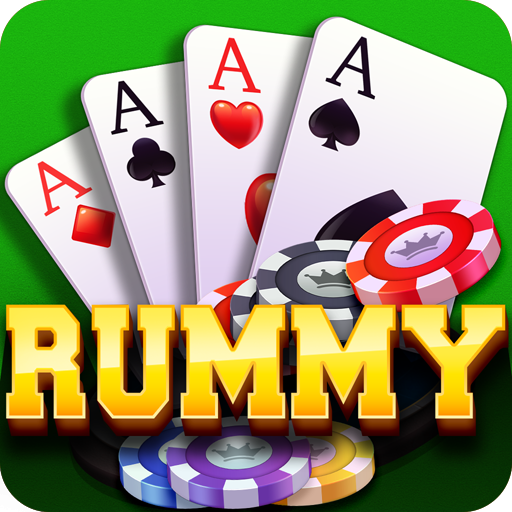Game Rummy is a classic card game enjoyed by millions of players worldwide. Known for its simplicity, strategic depth, and engaging gameplay, rummy has stood the test of time as a favorite pastime. This article explores the history, rules, variations, and strategies of the game, offering a comprehensive guide to understanding and mastering rummy.
History of Rummy
The origins of rummy are somewhat murky, with various theories suggesting it evolved from several ancient card games. Some historians trace its roots back to the Mexican game Conquian, while others link it to the Chinese game Mahjong. Regardless of its exact origins, rummy gained widespread popularity in the early 20th century and has since become a global phenomenon.
Basic Rules of Rummy
Rummy is typically played with a standard 52-card deck, though some variants may use multiple decks or include jokers. The objective is to form valid combinations of cards, known as sequences and sets, and to be the first to declare and lay down all your cards.
Objective
The main goal in rummy is to form valid sequences and sets and to be the first to declare and go out.
Key Terms
- Sequence: A consecutive group of cards of the same suit. There are two types of sequences:
- Pure Sequence: A sequence without any jokers.
- Impure Sequence: A sequence that includes one or more jokers.
- Set: A group of three or four cards of the same rank but different suits.
Gameplay
- Dealing: The dealer shuffles the deck and deals a set number of cards to each player (usually 13 in the Indian variant). The remaining cards form the stockpile, with the top card placed face-up to start the discard pile.
- Turns: Players take turns drawing a card from either the stockpile or discard pile and then discarding one card. The aim is to form sequences and sets with the cards in hand.
- Declaring: Once a player forms the required sequences and sets, they can declare their hand. The other players then reveal their cards, and points are calculated based on the unformed combinations in their hands.
- Scoring: Points are assigned based on the value of unmatched cards. Face cards (K, Q, J) and 10s are worth 10 points each, aces are worth one point, and other cards are worth their face value. The player with the lowest score after a predetermined number of rounds wins.
Variations of Rummy
Rummy has numerous variations, each with its own unique rules and gameplay mechanics. Here are some popular versions:
1. Indian Rummy
Indian Rummy, also known as 13 Card Rummy, is one of the most popular variants in India. It is played with two decks and requires at least two sequences, one of which must be pure.
2. Gin Rummy
Gin Rummy is a faster-paced variant, typically played with 10 cards. The objective is to form sets and runs and knock (declare) when the unmatched cards in hand total 10 points or less.
3. Rummy 500
In Rummy 500, players aim to score 500 points by forming sets and sequences. Cards have specific point values, and players can draw from the discard pile to form combinations.
4. Contract Rummy
Contract Rummy consists of multiple rounds, with each round requiring players to meet specific contract conditions (e.g., two sets, one set and one sequence). The contracts become progressively more challenging with each round.
Strategies for Winning at Rummy
To excel at rummy, players need to employ effective strategies. Here are some tips to improve your gameplay:
1. Form Pure Sequences Early
Prioritize forming a pure sequence, as it is a mandatory requirement for a valid declaration. This secures a part of your hand and reduces the risk of high-point penalties.
2. Observe Discard Pile
Keep an eye on the cards your opponents pick and discard. This can provide clues about the combinations they are trying to form and help you make strategic decisions.
3. Use Jokers Wisely
Jokers are valuable assets in rummy. Use them to complete impure sequences or sets, but avoid using them in pure sequences.
4. Discard High-Value Cards
If high-value cards (10, J, Q, K, A) do not fit into your sequences or sets, discard them early to minimize your point count.
5. Plan Your Moves
Think ahead and plan your moves carefully. Avoid holding onto unnecessary cards that do not contribute to your strategy.
Conclusion
Rummy is a timeless card game that combines skill, strategy, and a touch of luck. With its rich history, diverse variations, and engaging gameplay, it continues to captivate players of all ages. Whether you’re a novice or an experienced player, understanding the rules, variations, and strategies of rummy can enhance your enjoyment and increase your chances of success. So gather your cards, sharpen your skills, and enjoy the fascinating world of rummy!




